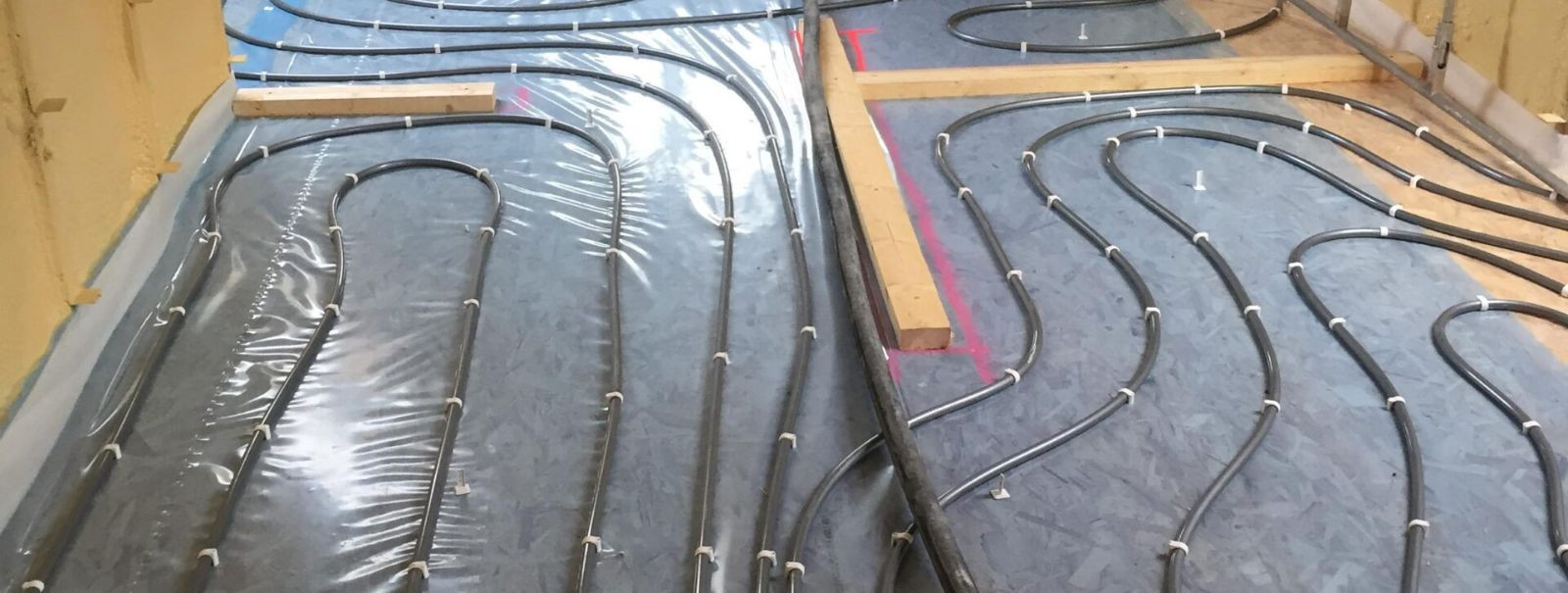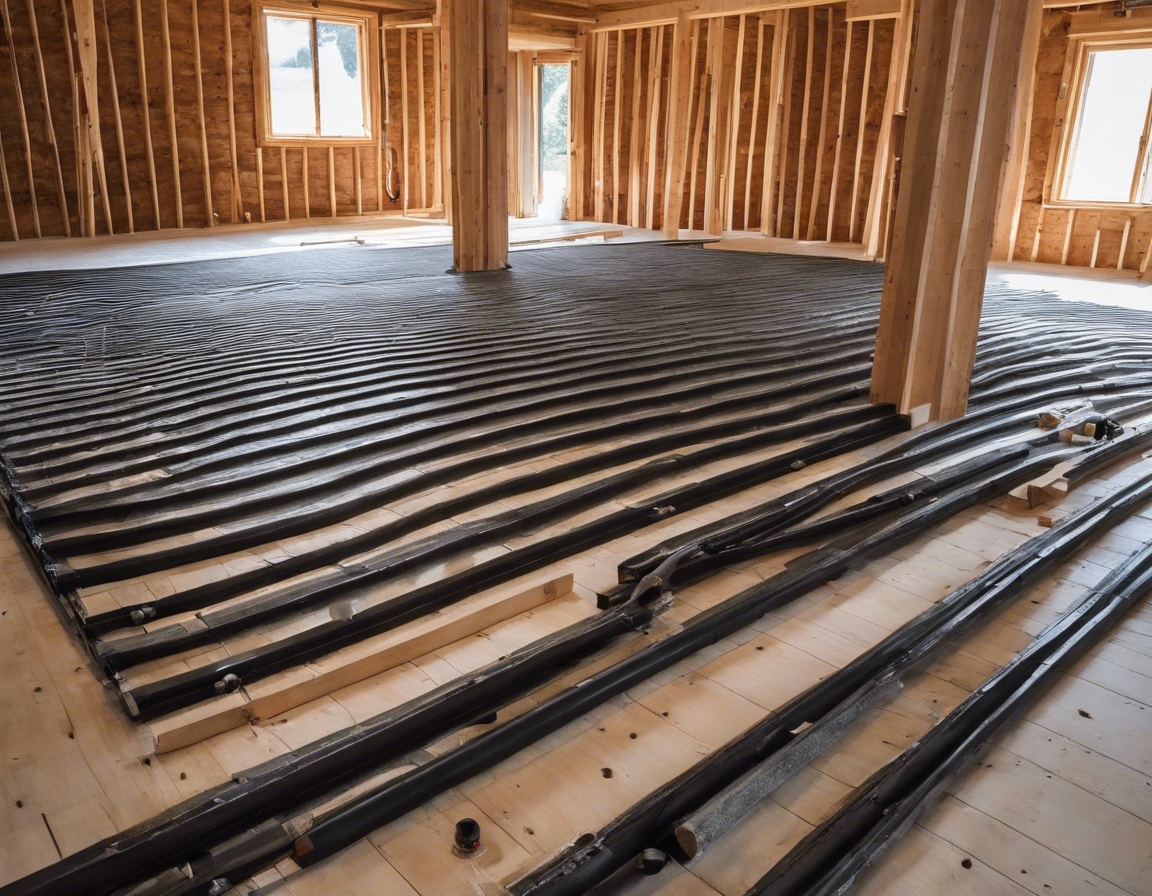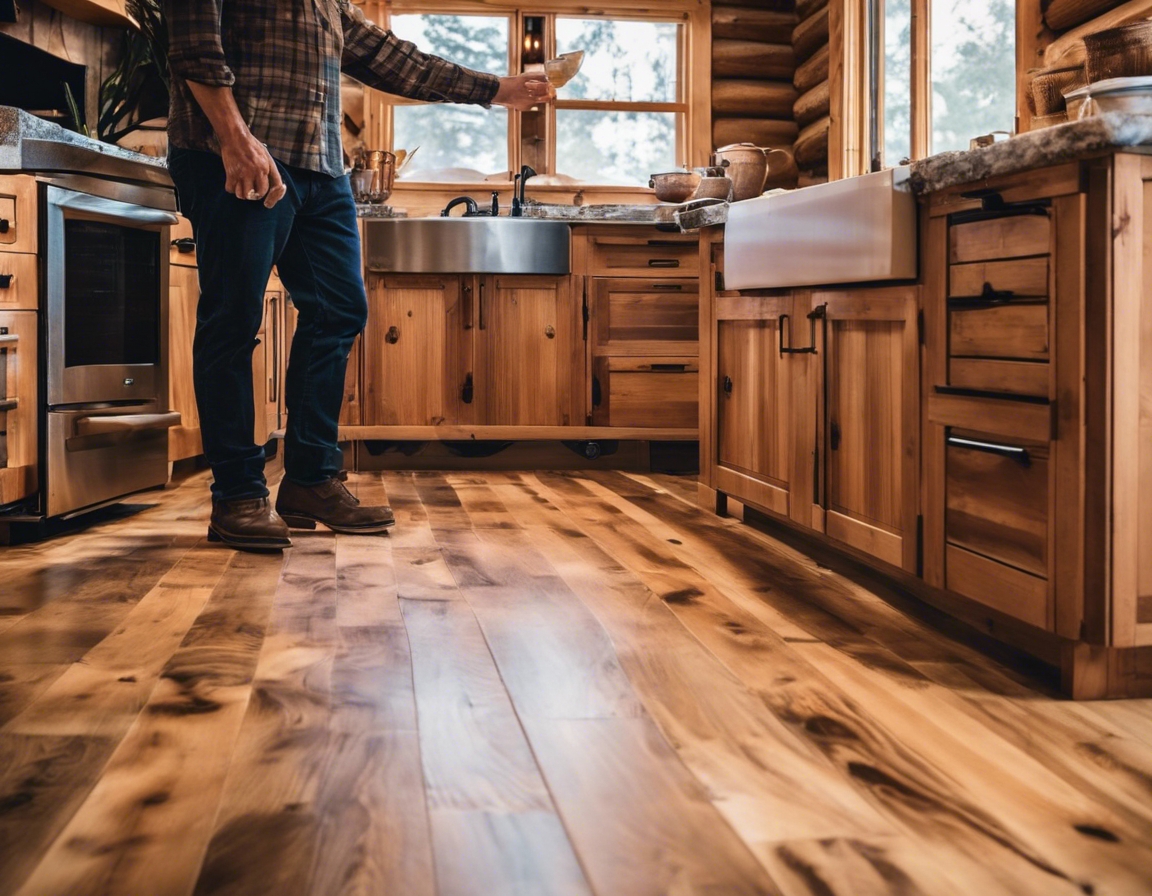Maximizing comfort with radiant floor heating
Radiant floor heating is a system that provides heat directly to the floor of a home or building. It's a method of heating that offers a high level of comfort and efficiency by distributing warmth evenly across floor surfaces. Unlike traditional heating systems that rely on forced-air or convection, radiant heating works through the process of infrared radiation, which heats objects and people directly without warming the air first.
Radiant floor heating comes with a plethora of advantages. It is known for its ability to provide consistent and uniform heat distribution, eliminating cold spots and creating a more comfortable living environment. Additionally, it operates silently and can reduce allergens in the home, as it doesn't circulate dust and other particles like forced-air systems. Energy efficiency is another significant benefit, as radiant heating typically requires less energy to maintain comfortable temperatures.
Choosing the Right Flooring for Radiant Heat
When it comes to radiant floor heating, not all flooring materials are created equal. The best options are those that have good thermal conductivity, allowing the heat to transfer efficiently. Tile and stone are excellent choices due to their thermal properties and durability. Engineered wood and certain types of laminate can also be suitable, provided they are designed to handle the changes in temperature without warping.
Some flooring materials are not recommended for use with radiant heating systems. These include thick carpets that can insulate the floor and prevent heat from rising, as well as some solid hardwoods that may warp or crack with the fluctuating temperatures. It's crucial to select a floor that can withstand the expansion and contraction that comes with the heating process.
Installation Considerations for Radiant Floor Heating
Before installing a radiant floor heating system, careful planning is essential. This includes determining the layout of the heating elements, ensuring proper insulation is in place, and choosing the right flooring material. It's also important to consider the overall design of the space and how the system will integrate with the existing or planned infrastructure.
The installation of a radiant floor heating system can vary depending on the type of system and the flooring material chosen. Generally, it involves laying out the heating elements, such as electric mats or hydronic tubes, and then installing the flooring over the top. Professional installation is recommended to ensure the system operates efficiently and safely.
Maximizing Efficiency with SMARTFLOOR OÜ
SMARTFLOOR OÜ specializes in providing flooring solutions that are perfectly suited for radiant heating systems. With a focus on quality and sustainability, SMARTFLOOR OÜ offers products that ensure longevity and optimal thermal conductivity, addressing the common pain points of cracking and inefficiency. Their expertise in the field makes them a top choice for homeowners, contractors, and architects alike.
At SMARTFLOOR OÜ, innovation is key. Their flooring solutions are designed to complement radiant heating systems, providing a comfortable and energy-efficient environment. By choosing SMARTFLOOR OÜ, customers can rest assured that they are investing in a floor that not only supports radiant heating but also enhances the overall aesthetic and value of their property.






Comments (0)